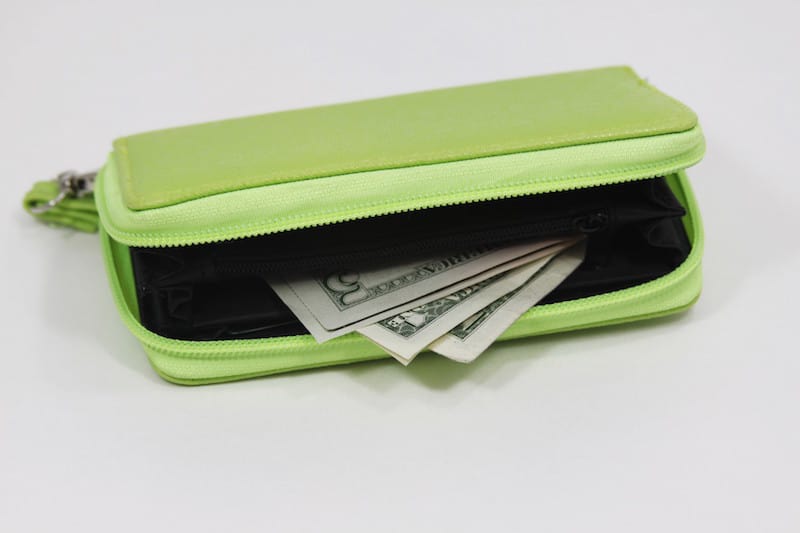As more states in 2017 make the lifesaving drug more accessible for opioid addicts and their loves ones, one pharmaceutical company has lawmakers and first responders crying foul over pricing that makes the naloxoe auto injecter virtually inaccessible for many.
The only naloxone auto injector, named Evzio, us made by the pharmaceutical company Kaleo. Records show the drug was marketed at $575 for a two-pack back in 2012. In 2017, the same product now has a list price of $4,500 — an increase of 680%.
Envizio’s website boasts that people who are commercially insured pay no copay at all, and there are several programs that are available to community organizations, schools and others. Many of these programs offer a subsidy to organizations, but in communities where heroin and opioid overdoses dominate emergency calls, supplies can stretch thin due to pricing. Naloxone is often prescribed for those with opioid addiction. The drug, which works to instantly reverse opioid overdoses by blocking the drug from interacting with the brain’s receptors, has been on the market since 1971. So why does it suddenly cost so much?
“When setting the ‘list’ price for products, kaléo always starts with the needs of the patient first and then engages with multiple stakeholders in the healthcare system,” Kaleo’s vice president of corporate affairs Mark Herzog said in a statement emailed to Business Insider. “Following these discussions, in order to help ensure our product is available as an option to most patients for $0 out-of-pocket, we set the list price at $4500.”
In the past few years, naloxone prices have been skyrocketing, according to research from Truven Health Analytics, a healthcare-analytics company. One injectible version of the drug has gone from $0.92 a dose to more than $15 a dose over the last decade.
Many of the makers of naloxone that have hiked up the price are also makers of the EpiPen, a lifesaving device used in allergic reactions. Mylan’s version of the Epipen has jumped from $93.88 to $608.61 since 2007, causing outrage from a number of members of Congress as well the general public.
The price increases make it difficult for community organizations to hand out the drug to the family members of struggling addicts. These types of organizations, alongside public-health departments and substance-use treatment facilities prevented more than 26,000 overdoses from 1996 to June 2014 by providing naloxone, according to research collected by the Harm Reduction Coalition.



Leave A Comment